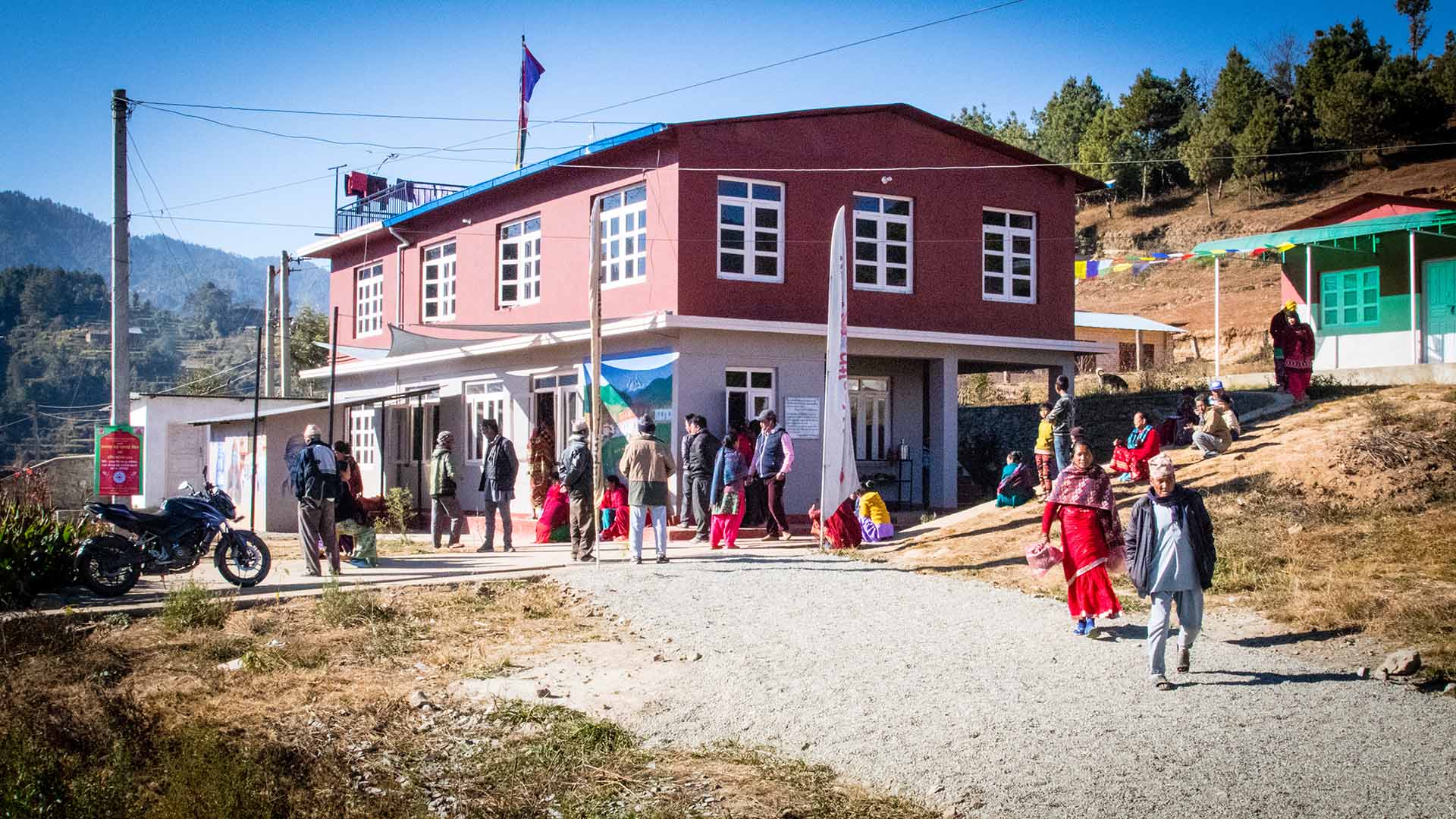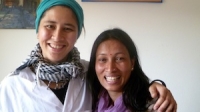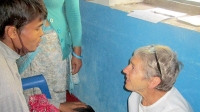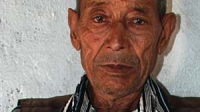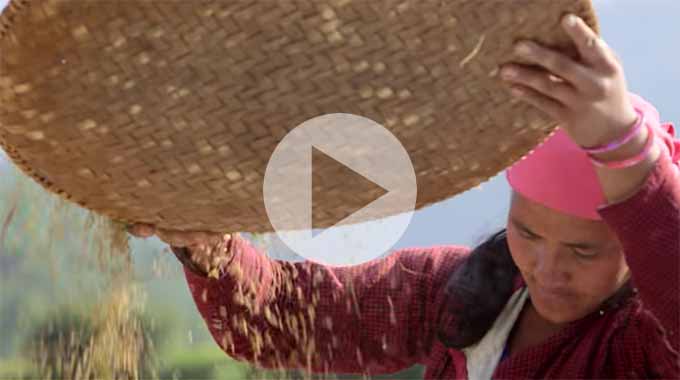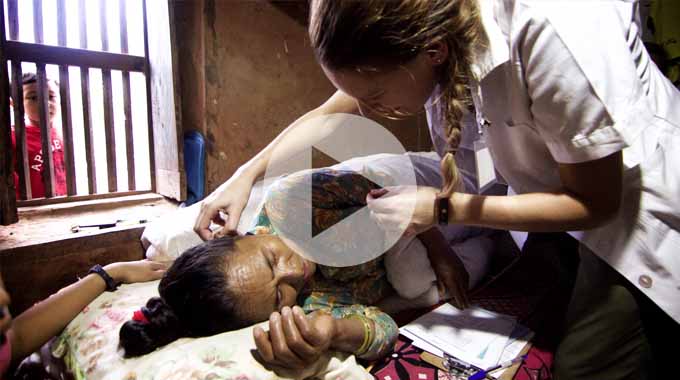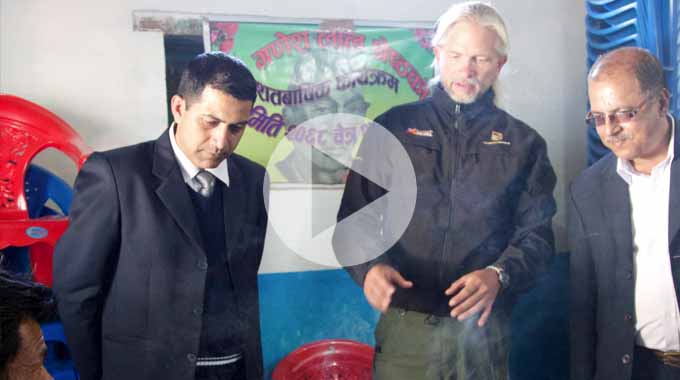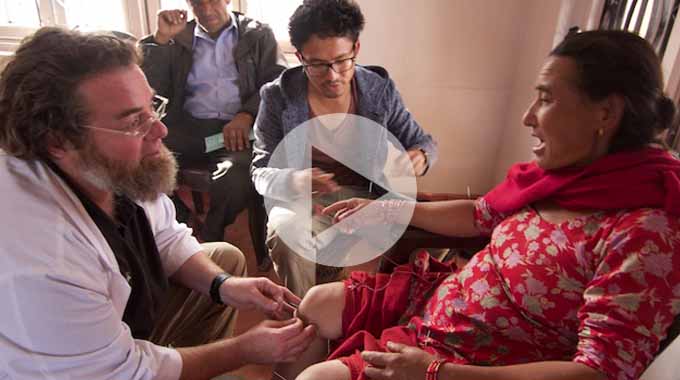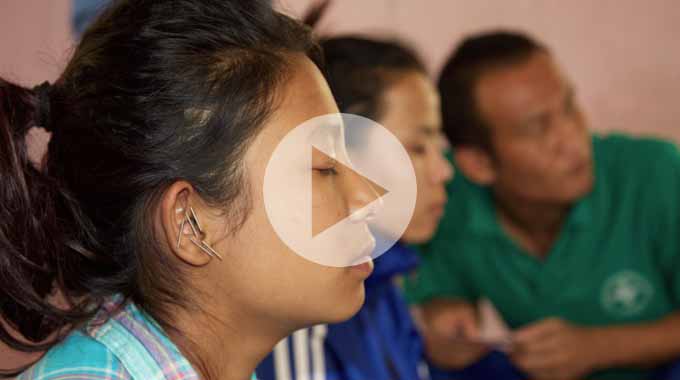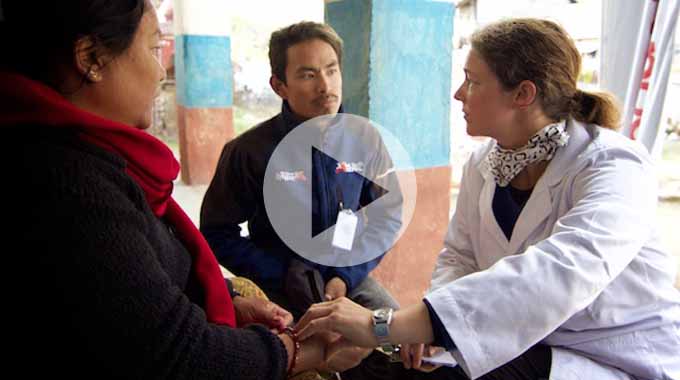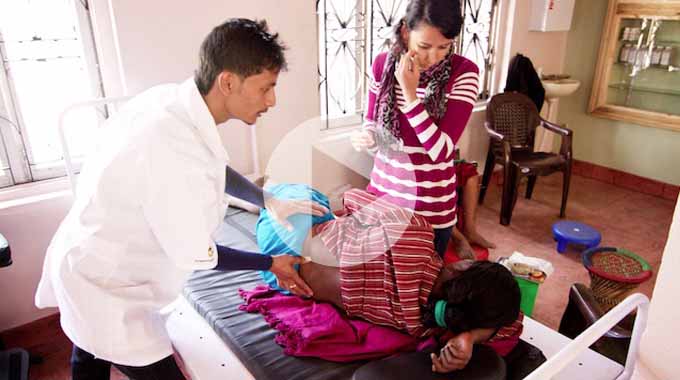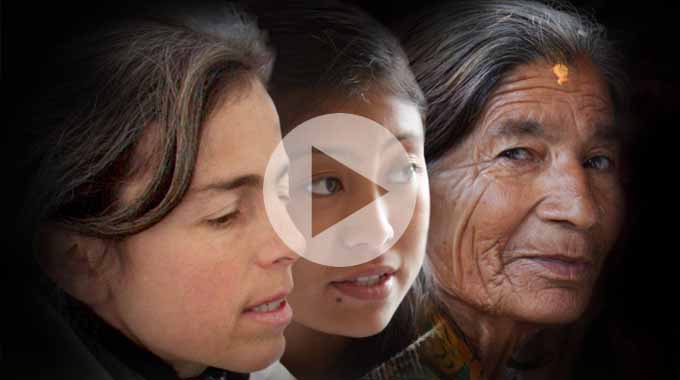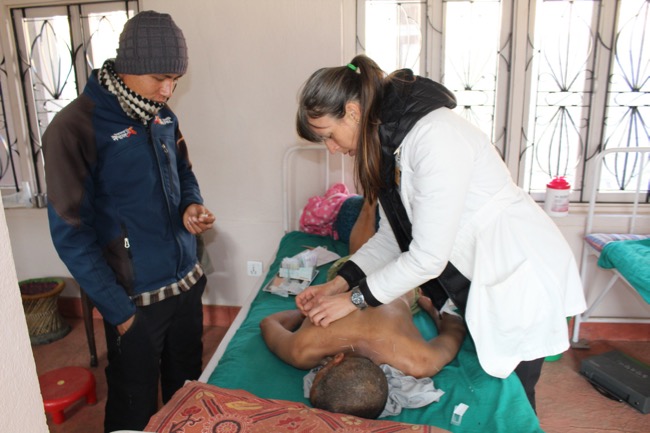
Time is flying by and we have less than a week before this camp’s rotation is over and the clinic will close until September. The first week or so here was a mad scramble to work out how to treat two to three times more patients than I would normally see in a day; how to work through an interpreter; how to modify my intake for this population to get the information that I need; and how to screen patients for more serious health issues than I would come across at home. I became more comfortable with this dance, allowing me to really focus on assessing the effectiveness of the treatments and what could be done to get patients into the best possible shape before we leave.
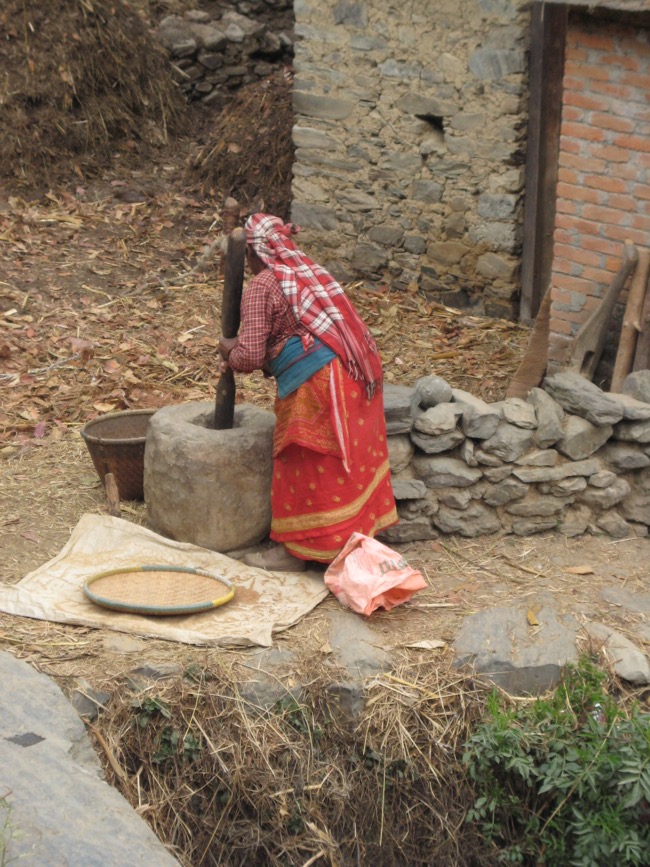
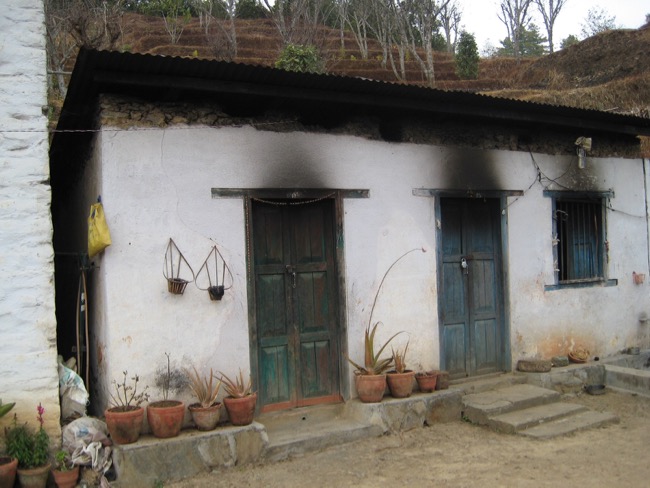
In the beginning, when I asked my patients how their complaint had been since the last treatment, the reply was often “no change” or “just a little better”. No change can literally mean “no change”, but more frequently, it can also mean “not completely better”. Spending time out in the community and seeing my neck pain patients haul heavy baskets on their head, or my back pain patients bent over planting potatoes or chasing an ox, reminded me to check if there had been positive changes after their treatment and what they had been doing when the pain started to flare up again. Is this knee patient slow to improve because it isn’t the right treatment, or because she has to walk for 4 hours to get home because the blockade means that there is no fuel for the buses? Was their elbow pain fine until they cut the corn? Would the shortness of breath and chest pain be better by now if they weren’t forced to burn wood indoors for heat and cooking, and weren’t surrounded by steep hills?
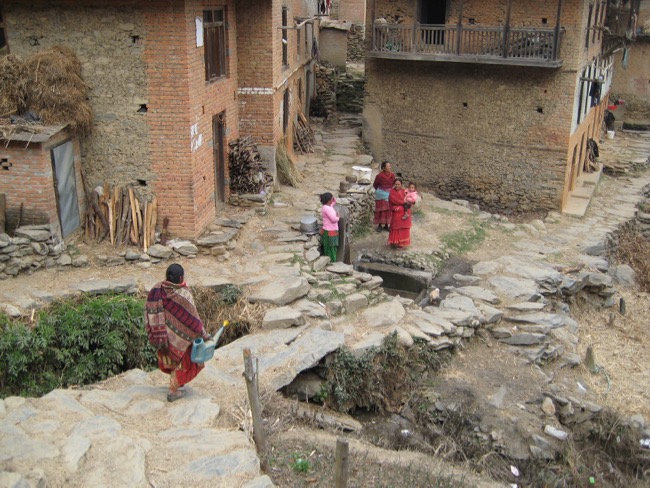
Most of our patients have had little or no previous contact with medical professionals and aren’t accustomed to speaking about their symptoms. Refreshingly, they haven’t read too much into the latest article in the Health section of The New York Times or googled potential diagnoses, and consequently symptom descriptions are often more abstract. Furthermore, there are over a hundred distinct castes and ethnic groups in Nepal and almost as many dialects, so while Nepali is the official language, it is not necessarily the form that many of our patients might best use to express themselves. Our interpreters are the most talented, patient, big-hearted and persistent crew you could wish for, and even if they speak the languages of multiple ethnic groups, it is inevitable that some nuances of description will get lost. Both Eastern and Western Medicine demand degrees of clarity as to what we are treating. I appreciate now how useful it would have been to have better tongue and pulse diagnosis skills. Pain scales and percentages of improvement are foreign concepts, as are range of motion tests, so progress is gauged by measures that have more day-to-day meaning, measures that bring me into their lives. Can they now squat to do their tasks? Does it take less time to walk to the clinic? Can they now grip the broom with just one hand? Maybe it still hurts to lift a bucket of water but pulling the blanket over the bed no longer causes pain.
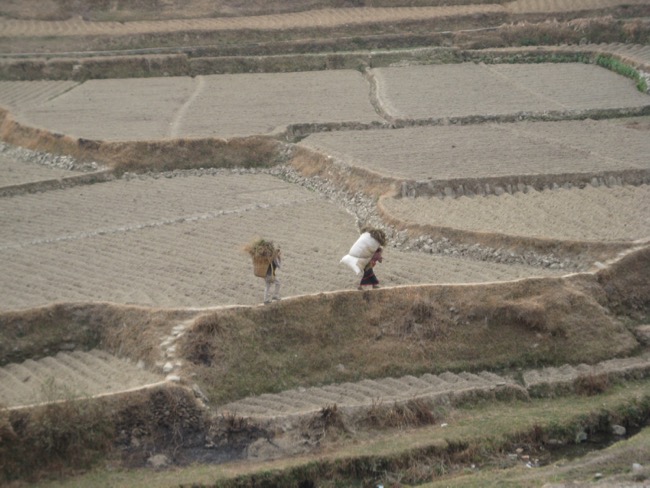
For me, the interaction with this beautiful, big-hearted community has been immensely rewarding. Despite setbacks in recovery, the difficulties that my patients experience in getting here, the sometimes hours-long wait in below freezing temperatures, our patients keep coming because they believe in the treatment, they appreciate our presence and our efforts, and are grateful for even the most minor improvements. For some, it is in the balance as to whether the benefits outweigh the physical costs, but they are tenacious, willing to persevere, and diligent about following lifestyle and exercise recommendations. In the first weeks, I had some tougher exchanges where, pressured by the long line of people waiting to be seen and unsure as to what more I could do, I had been defensive and brusque in response to a couple of patients venting frustration about their lack of improvement. On reviewing their charts at the end of the day, I was ashamed to realize that both were patients who had walked for more than 4 hours each way over rough terrain in the depth of winter, stymied by the current absence in public transport and lack of medical assistance closer to home.
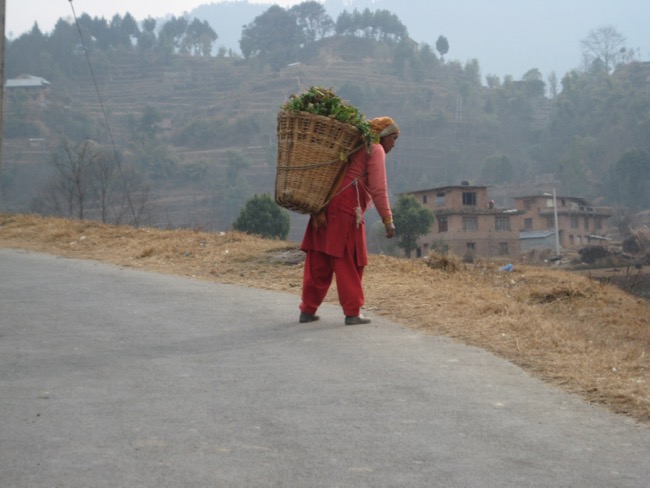
I am confident that the majority of the patients who have passed through the clinic over these past months are in much better health, but for a few, we will have to decide together what will be their best course of action after we leave. What can I suggest for the patient with rheumatoid arthritis of the wrist whose progress continues to be set back by everyday tasks? When do I concede that my patients with high blood glucose should be referred to the hospital several hours away for medication because we are running out of time to lower their numbers via diet and treatment? Will the hypertension patients be vigilant about checking their levels?
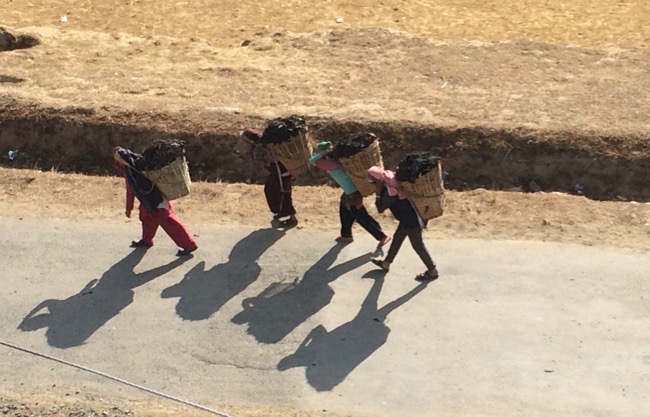

As the Nepalis say, ‘What to do?’ For the moment, this clinic runs for just six months a year, staffed by foreign practitioners, but a big part of what appealed about this particular relief project is its investment in the big picture. Not only does this clinic and it’s satellites show how Chinese medicine can go above and beyond fleshing out the gaps in rural healthcare, but it also serves as a training ground for the first generation of Nepali acupuncture students who come to observe and assist alongside us. There is so much potential here and I’m excited to have had the chance to come and participate. ---Emma Sanchez
